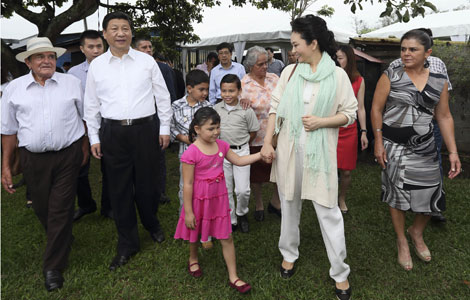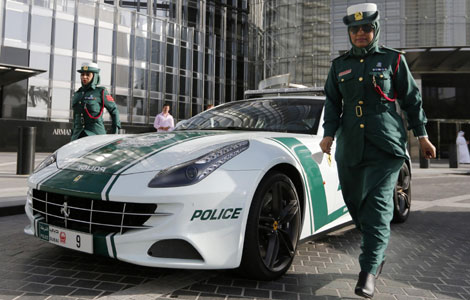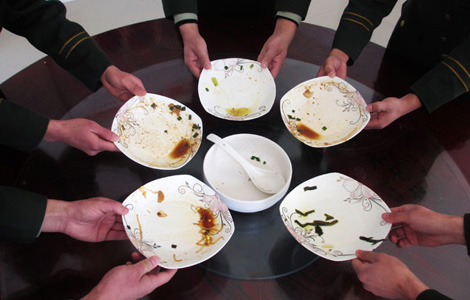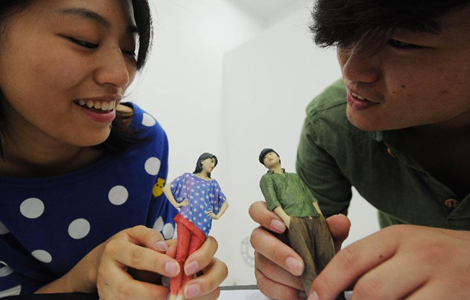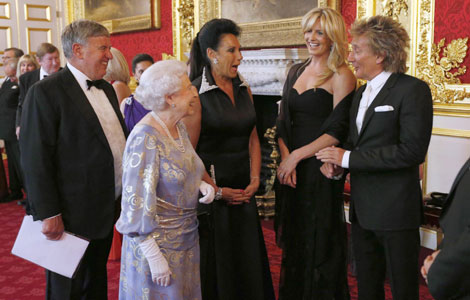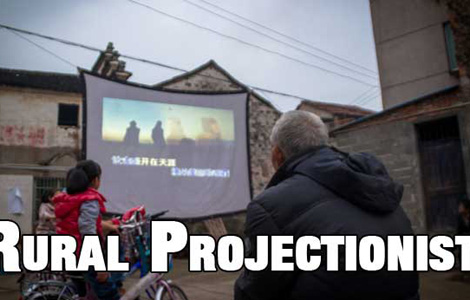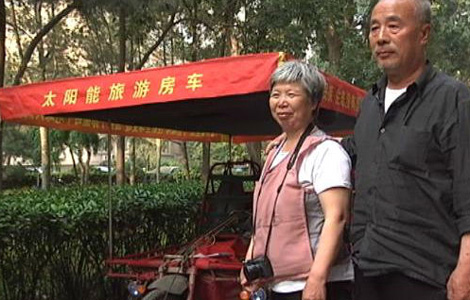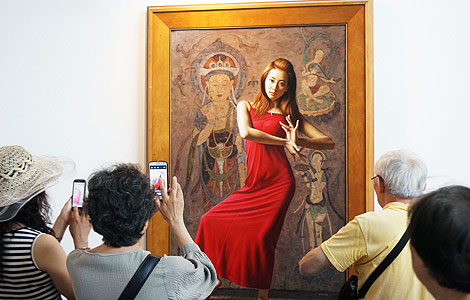Fines are not the solution to jaywalking
Updated: 2013-04-19 07:13
By Gao Zhuyuan (China Daily)
|
||||||||
A campaign against "crossing the road in Chinese style" is sweeping across the country. Coined by Chinese Internet users, the term refers to the behavior of pedestrians and cyclists, when they throng together to cross roads at places without a zebra crossing or at junctions when the pedestrian lights are against them.
Beijing will impose a 10-yuan ($1.62) fine on the first jaywalkers in a group starting from May 6, while in Chengdu, pedestrians at the front of a jaywalking crowd now face fines of up to 50 yuan. Hangzhou in Zhejiang province recently installed video cameras and display screens at some junctions to expose perpetrators on the spot.
Many people rebuke jaywalkers for disrupting traffic order and ascribe the behavior to Chinese people's tendency to follow others, even when doing something uncivil, but that avoids the issue of the ever-growing number of vehicles in the country that are squeezing the space for pedestrians and cyclists.
China used to be the kingdom of bicycles, but automobile sales have soared at an average rate of more than 20 percent every year since China became a member of the World Trade Organization in December 2001. The country overtook the United States to be the world's largest auto market in 2009.
In cities such as Beijing and Shanghai, motorists are enjoying victory rides against cyclists with the near-extinction of bicycle lanes and the roadside conditions for pedestrians are just as bad as many sidewalks are packed with parked cars.
Traffic lights at junctions are not pedestrians-friendly either. At an intersection along the Third Ring Road in Beijing, where there is neither an overpass nor an underpass available, pedestrians have to wait up to 75 seconds to cross, but only five seconds after the pedestrian light turns green, permitting them to cross, it starts flashing and in half a minute it changes to red. At another intersection near the Fourth Ring Road, the green light for pedestrians lasts for 38 seconds, while the red is on for 105 seconds. And even when the lights are in their favor, pedestrians have to watch out for vehicles that still are allowed to turn while people are crossing.
True pedestrians and cyclists have to reflect about the need to obey traffic rules and be responsible for their actions, but it is superficial to entirely blame the jaywalkers.
In fact it is a manifestation of the losing battle they are waging against vehicles for the use of urban space. The conspiracy of silence surrounding the priority given vehicles inevitably compromises the safety of pedestrians and cyclists.
Compared with the Chinese-style jaywalking, Chinese-style air rage is more aggressive, as angry passengers resort to extreme measures to protest over flight delays. Recently a furious passenger slapped a flight attendant in face, because a flight from Shanghai to Harbin was delayed, and in other cases angry passengers have faked bomb threats or dashed onto runways to protest.
China's civil aviation administration body estimates that a total of 320 million plane trips were made in China in 2012, an increase of 30 million from a year earlier, and this year the number of trips is expected to grow to 350 million. To meet the demand, airlines have been adding new planes and increasing the number of flights.
Nevertheless, with the air space administration for civil use yet to become scientific and precise, there are inevitable delays when it is at full capacity and can hardly accommodate any more planes.
This is not to defend Chinese-style jaywalking or air rage. However, such behavior is often cited as a national character trait that explains all sorts of problems in Chinese society. The fundamental solution for such Chinese-style behavior is not fines and punishments, as the truth is such behavior is just a symptom rather than the disease, and it is all too often used as an easy excuse for not addressing the real problems.
Most Viewed
Editor's Picks

|

|

|
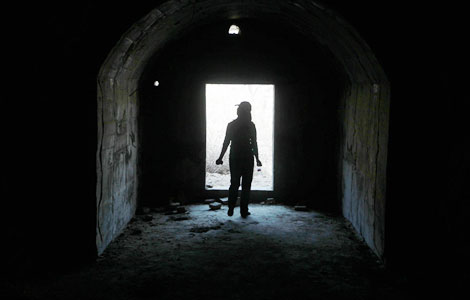
|

|

|
Today's Top News
Relationship 'relaunched'
Good start expected for summit
Xi, Mexican president discuss bilateral co-op
Cooperation to drive mutual growth
Chinese president arrives in Mexico for state visit
China is victim of hacking attacks
US to be largest trade partner
China joins fight against hacking
US Weekly

|

|
